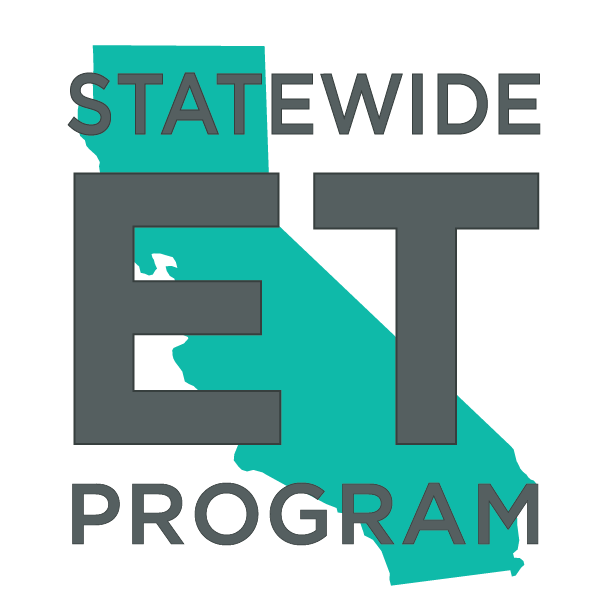ET25SWE0049 - Efficiency and Load Flexibility Impacts of Smart, Single-Unit Combination Laundry Appliances
This project explores the energy efficiency and load flexibility potential of smart, single-unit combination washer/dryer appliances for residential applications. Unlike traditional laundry systems with separate washing and drying units, these dual-purpose appliances integrate both functions into a compact footprint, offering an ideal solution for homes with limited space, including apartments and multifamily dwellings. While these smart-enabled units are commercially available, their market penetration remains limited due to key adoption barriers and a lack of comprehensive performance data.
The central hypothesis of this project is that smart combination washer/dryers can deliver meaningful energy savings and enhanced load flexibility compared to conventional systems, particularly when deployed in underserved markets. These units, which use Artificial Intelligence (“AI”)-powered sensors and algorithms to optimize washing and drying cycles, present new opportunities for demand response and energy efficiency initiatives. However, little research currently exists to quantify their actual performance under laboratory and real-world conditions or to understand how users interact with their smart features.
To address this, The California Lighting Technology Center (“CLTC”) at UC Davis, under the direction of Cohen Ventures, Inc. DBA Energy Solutions (“Energy Solutions”) (collectively, the ”Project Team”) will undertake controlled laboratory testing and field demonstrations. The lab evaluation will focus on leading smart washer/dryer models, testing parameters such as energy consumption, water use, cycle efficiency, and responsiveness to demand response signals. Field demonstrations will be conducted in households within disadvantaged communities, providing smart appliances at no cost in exchange for participation. These real-world deployments will help capture user experience data, including usability, satisfaction, and engagement with smart features. This dual-pronged approach enables the generation of validated load profiles specific to this appliance category.
A critical component of this project involves identifying and addressing market barriers that inhibit the broader adoption of smart combination laundry units. These include high upfront costs, limited consumer awareness, concerns over cycle duration and performance, and installation constraints. Additionally, privacy concerns related to smart device connectivity will be considered by engaging consumer advocates and evaluating data security standards. The project aims to develop actionable solutions and guidance to mitigate these challenges, thereby supporting market expansion.
The project is testing several specific strategies to help promote smart appliances and energy savings. These include the provision of smart appliances to households on California Alternate Rates for Energy (“CARE”)/ Family Electric Rate Assistance Program (“FERA”) rate plans, field engagement with local contractors in disadvantaged areas, and the creation of technical resources that highlight product performance and best practices. By capturing data on cost-effectiveness, energy savings, and grid responsiveness, the project will enable the development of new utility measures and inform potential updates to appliance standards and building codes.
This work is also grounded in key priorities identified in relevant technology research frameworks. It supports energy efficiency goals, advances load flexibility by enabling smart scheduling and cycle adjustments and provides actionable insights into consumer behavior and real-world use. In doing so, it aligns with broader decarbonization efforts and promotes equity by focusing on hard-to-reach populations.
Ultimately, the project aims to deliver credible data, performance metrics, and stakeholder-informed recommendations to advance the adoption of smart, efficient laundry solutions within utility programs across California and beyond.
